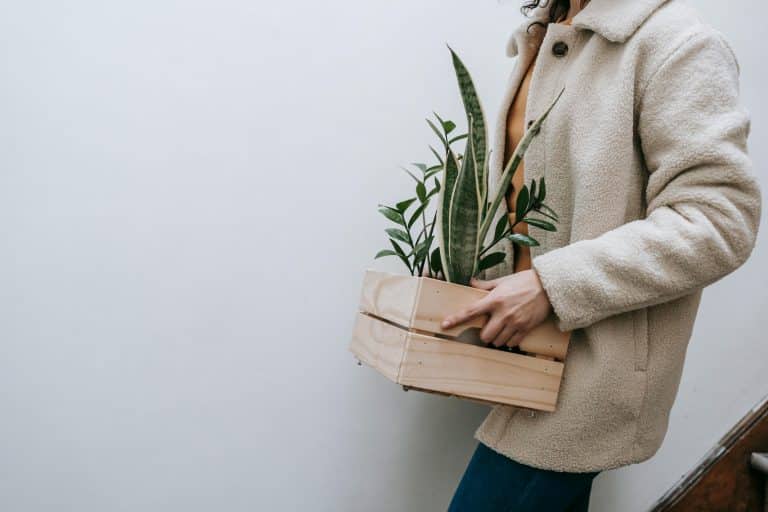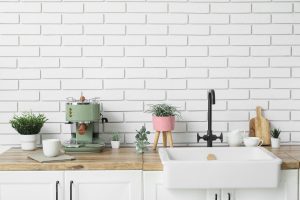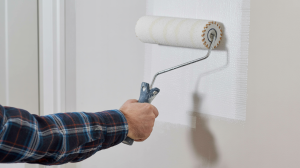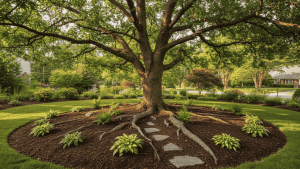You’ve spent years growing your garden. Each plant holds memories and represents countless hours of care. Now you’re moving and need to figure out what happens to them.
Moving plants takes more planning than most people realize. Some handle the trip fine while others struggle to survive. You’ll need to check regulations, pick good timing, and pack things right. Talk to your moving company in Potomac about plants early in your planning process. This conversation saves headaches later. Movers can tell you what they’ll transport and what requires different arrangements.
Deciding Which Plants to Take
You can’t bring every plant with you. Think carefully about which ones deserve space in the moving truck.
Check State Regulations First
Look up plant laws for your destination state right away. Many states ban certain species to stop pest problems from spreading. California, Arizona, and Hawaii enforce particularly strict rules about incoming plants.
Match Plants to Your New Climate
Your current plants might not thrive in your new location’s weather. Check the plant hardiness zone where you’re heading. This tells you if your plants can handle the temperatures there.
Look into rainfall patterns at your new home too. Plants that never needed watering might require daily drinks elsewhere. Winter conditions matter just as much. What survived mild frosts won’t make it through hard freezes.
Consider Size and Value
Big plants in heavy pots add serious weight and bulk to moves. Taking cuttings often works better than moving mature plants. Younger plants also adjust faster to new environments.
Think about replacement costs versus moving expenses. Common garden center plants cost less to rebuy than to transport. Focus your effort on rare varieties or plants with special meaning. Your grandmother’s heirloom rose deserves the work. Store-bought petunias don’t.
Timing Your Plant Move
When you move matters just as much as how you pack. Bad timing kills even hardy plants.
The best seasons for moving plants are spring and fall. Here’s what you should aim for and what to avoid:
Good conditions:
- Spring after your last frost date
- Early fall before cold sets in
- Days between 50 and 75 degrees
- Cloudy weather over sunny days
Bad conditions:
- Heat waves above 85 degrees
- Freezing temps below 32 degrees
- When plants are blooming
- Rainy or stormy weather
Extreme temperatures create too much stress on plants. They can’t handle both weather shock and moving trauma together. High heat speeds up wilting between waterings. Freezing temps can kill roots instantly.
Move deciduous plants after their leaves fall if possible. Evergreens prefer early spring before putting out new growth. Succulents and cacti tolerate moves year-round but still do better in mild weather.
Give yourself at least two weeks for preparation. You need time to prune, treat pests, and get plants ready. Match your plant moving schedule with your household goods timeline too. Plants can’t sit in dark moving trucks for days on end.
Preparing Plants for Transport
Good prep work starts two weeks before your moving date. This preparation determines which plants survive the journey.
Inspect and Treat Problems
Look over every plant for bugs and disease before packing. Check under leaves and along stems carefully. Most moving companies refuse to take infested plants.
Handle any problems one week before moving day. Spray insecticidal soap on bugs you find. Apply fungicide to spots of mold or mildew. Pull off dead leaves and old flowers. This stops issues from spreading when plants sit close together in boxes.
Prune for Travel
Cut back long branches and leggy stems to reduce size. This makes plants lighter and prevents breakage during transport. Remove about one third of the foliage on bushy specimens.
Wait three days between pruning and moving though. Plants need recovery time after cuts. Make your cuts clean and angled just above leaf nodes. Add stakes to tall plants before packing to prevent bending.
Prepare Containers
Dig up outdoor plants at least five days before your move. Keep a root ball slightly smaller than the plant’s width. Use plastic nursery pots instead of ceramic ones that crack easily.
Let transplanted plants settle before moving them again. Cover soil surfaces with plastic that has small air holes punched through. This keeps dirt from spilling during transport.
Water plants two days before you leave. Aim for moist soil rather than soaking wet. Wet soil weighs more and leaks in boxes. Completely dry soil lets roots shift and break during handling.
Packing and Moving Day
Your packing method determines what arrives alive at your new home. Take your time with this step.
Protect Pots and Soil
Wrap each pot in bubble wrap or several newspaper layers. This prevents cracks and chips during loading and unloading. Don’t use tape on ceramic pots since it leaves marks. Secure wrapping with rubber bands instead.
Pack smaller plants in open cardboard boxes with dividers. Fill spaces between pots with crumpled paper so they stay upright. Leave box tops open for air flow and some light.
Shield Leaves and Stems
Make paper sleeves for plants with lots of leaves. Slide sleeves over foliage and fasten gently at the base. Don’t squash leaves against stems or you’ll damage them. Add stakes to tall plants before boxing to keep stems from bending.
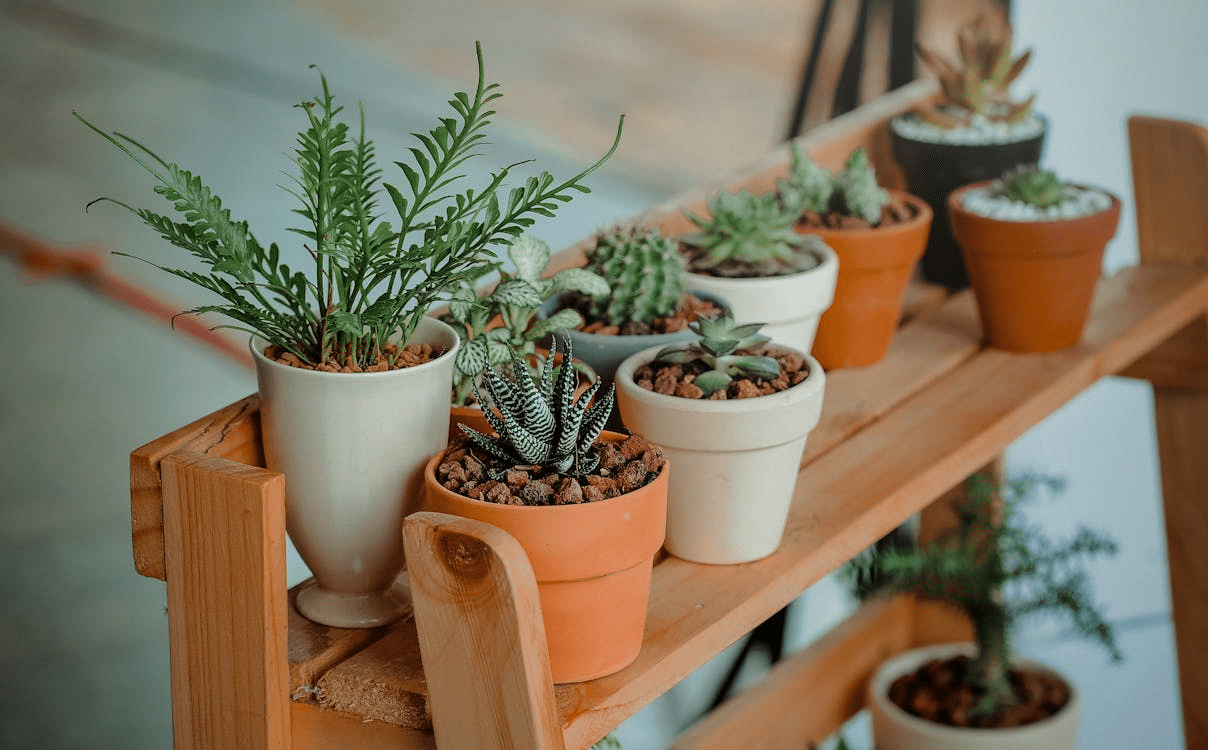
Group plants by similar heights when packing boxes. This makes loading easier and prevents crushing shorter plants under taller ones.
Load Smart
These tips help plants survive the actual moving day:
Put plant boxes in the truck last so they come out first. Keep all boxes upright through the entire trip. Never stack furniture or heavy items on plant boxes.
Transport plants in your personal vehicle for longer moves. Trunks aren’t good because temperatures change too much there. Penn State research shows that transporting houseplants works for about 24 hours in darkness. Longer drives need stops for light and fresh air.
Open windows slightly for airflow but protect plants from direct wind. Mark every box as fragile with arrows for proper orientation. Take photos of valuable plants before wrapping them for insurance purposes.
Getting Plants Settled After the Move
Your job continues after you arrive at your new place. How you handle the first few weeks determines survival rates.
Unpack Right Away
Take plants out of boxes immediately when you get home. Don’t leave them packed overnight even if you’re tired. Place them in a protected spot away from harsh afternoon sun. A covered porch or shaded room works perfectly.
Check soil moisture and water any that feel dry to touch. Moving dries out pots faster than normal conditions. Hold off on fertilizer for two full weeks though. Plants need adjustment time before you push new growth.
Remove any damaged leaves or broken stems you spot. Clean cuts heal better than torn edges. Wipe dust off leaves with a damp cloth to help them breathe.
Acclimate Gradually
Don’t put plants in permanent locations right away. Start with just two to three hours of morning sun daily. Increase light exposure slowly over two weeks. Move plants to shadier spots if you see wilting or brown leaf edges.
Indoor plants need adjustment periods too. Keep them away from heating vents and drafty windows initially. Maintain steady temperatures while they recover from moving stress.
Some leaf drop after moving is completely normal. Yellow leaves usually signal watering problems either too much or too little. Brown leaf tips point to low humidity issues. Massive leaf loss means the plant probably won’t adapt to your new climate.


